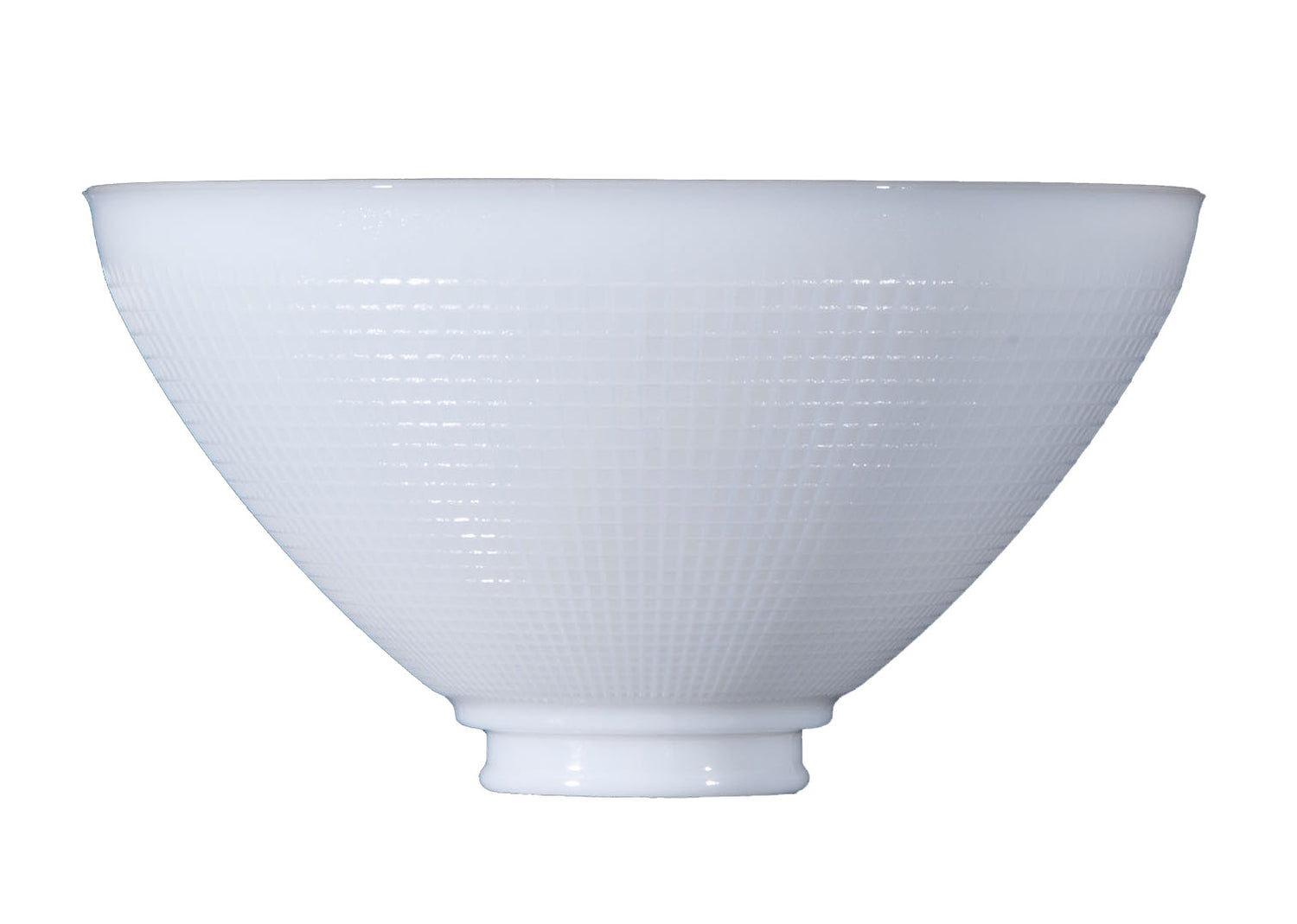By adding an antique lamp to your home, you can breathe life back into any space. Vintage light lamps have a subtle way of reminding us where we've been and where we're going – the hardware, the bulb, the shade. It can be exciting to get a great deal on an old light fixture from the yard sale down the street or the flea market that rolls into town, but what if that old lamp isn't quite right for your home yet? Antique Lamp Supply can help. In this guide, we explain how to retrofit an antique lamp, so you can enjoy accent, ambient, or task lighting without paying the designer price tag.
How to Retrofit an Antique Lamp
Wondering what "retrofit" means? In antique speak, retrofitting is the process of adding new components or hardware to an existing light fixture. There are a wide variety of retrofitting kits available to purchase, but you can usually retrofit a lamp with just a few common tools and a little bit of patience. Most kits include brackets, sockets, screws, fasteners, and other components to help you get started, but we offer a wide selection of lamp replacement parts that are suited to some of the most common antique lamp styles.
Retrofits are usually performed if a light fixture isn't efficient or needs to be updated to suit the electrical requirements of a home. Lighting technology has certainly improved over the last century, and there's no reason to let a good lamp go to waste when you can restore it to its former glory with the improvements of modern technology. A retrofit is much more cost-effective than a complete redesign. However, there are many ways to retrofit an antique lamp.
Hardware: Use wire cutters to remove the base of the plug at the lamp base. Unscrew, remove, and discard the old socket, as well as the cord attached to it and any components you don't want to keep. Most of the hardware should slide right up and off the lamp's center rod when the finial and lampshade are detached. Pipes and sockets must match, so remember to write down the existing measurements before you rush off to find replacement parts. Some people replace obsolete knobs with three-way light switches. Alternatively, you can refine or brighten the lighting by replacing the light bulb. Edison bulbs retain all the charm and character of the bulbs used more than a century ago, except they don't have the same lumens per watt ratio as standard incandescent lighting. Now, you can find LED bulbs designed in the Edison style. Most incandescent bulbs are being phased out by more energy-efficient alternatives. If you would like to update your lamp so that it suits your "green" home, consider switching to either an LED or CFL bulb instead. Last but not least, you can update the lampshade with a new layer of paper or fabric that complements your décor.
Paint: You can make any old lamp new again by rejuvenating the base or lamp shade with a coat of paint. Choose fabric paint for a fabric lampshade, because it can withstand the heat of a hot bulb. Spray paint is quick to apply and dry. Chalk paint is growing in popularity, because it doesn't require any sanding or priming. You will want to sand down any brass or ceramic surfaces, though, so anything other than chalk paint has something to grip onto.
Rewiring: Lamp rewiring kits usually come with a socket, cord, and plug. Press the sleeve of the socket out using a screwdriver. If you find a "press here" label on the socket, simply press your thumb on the label and lift the sleeve off. Pull the socket up and remove the old wires with a wire cutter. Unscrew any nuts on the bottom of the base. Pull the thread up and remove the old socket. Pull the cord from the bottom of the base to make room for the new cord. Then, attach the new socket. Use wire cutters to split the wires by cutting along the groove. Cut off an inch of insulation and tie the split cords together. Underwriter's knots are most effective because they are typically used as a strain relief to prevent the cable from being yanked from the electrical terminals if it's accidentally pulled. Your lamp rewiring kit may very well include detailed illustrations to demonstrate proper technique. Loosen the screws on both sides of the lamp socket replacement with a screwdriver. Wrap the trimmed and exposed wires around one of the socket screws. Hold the wires in place by tightening the screws. Slide the sleeve back onto the socket until you hear it snap into place. If you feel uncomfortable with minimal wiring alterations or handling electrical components, we suggest that you hire a licensed electrician or lamp restoration professional instead of attempting a rewire retrofit on your own.
Retrofitting an antique lamp is much easier than it might seem. We hope that this guide provides the inspiration you need to any inherited or thrifted lamp in your home. If you have any questions, please contact us today to learn more.


